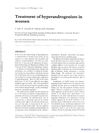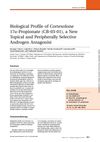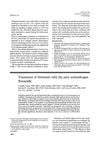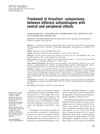Characteristics of Flutamide Action on Prostatic and Testicular Functions in the Rat
June 1988
in “
Journal of Steroid Biochemistry
”
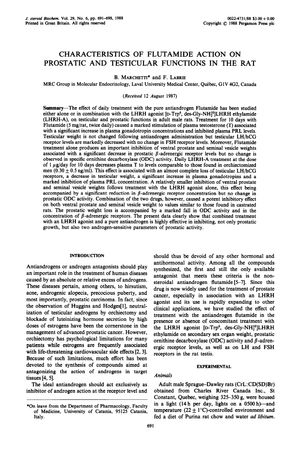
TLDR Flutamide combined with an LHRH agonist effectively inhibits prostate growth, suggesting it could treat prostate cancer.
In the 1988 study, the antiandrogen Flutamide was tested on adult male rats to assess its impact on prostatic and testicular functions, with groups of 10 rats each undergoing treatment. Flutamide alone increased plasma testosterone and gonadotropin levels, decreased plasma prolactin, and significantly reduced prostate and seminal vesicle weights without affecting testicular weight. It also decreased testicular LH/hCG receptor levels but not FSH receptor levels and did not alter prostatic ODC activity. The LHRH agonist alone greatly reduced plasma testosterone, testicular weight, and LH/hCG receptors, with a lesser impact on prostate and seminal vesicle weights. The combination of Flutamide and the LHRH agonist had a strong inhibitory effect on prostate and seminal vesicle weights, similar to castration, and also reduced prostatic ODC activity and ß-adrenergic receptor concentration. The study concluded that the combined treatment is highly effective in inhibiting prostatic growth and androgen-sensitive parameters, suggesting potential for treating prostate cancer in humans.
